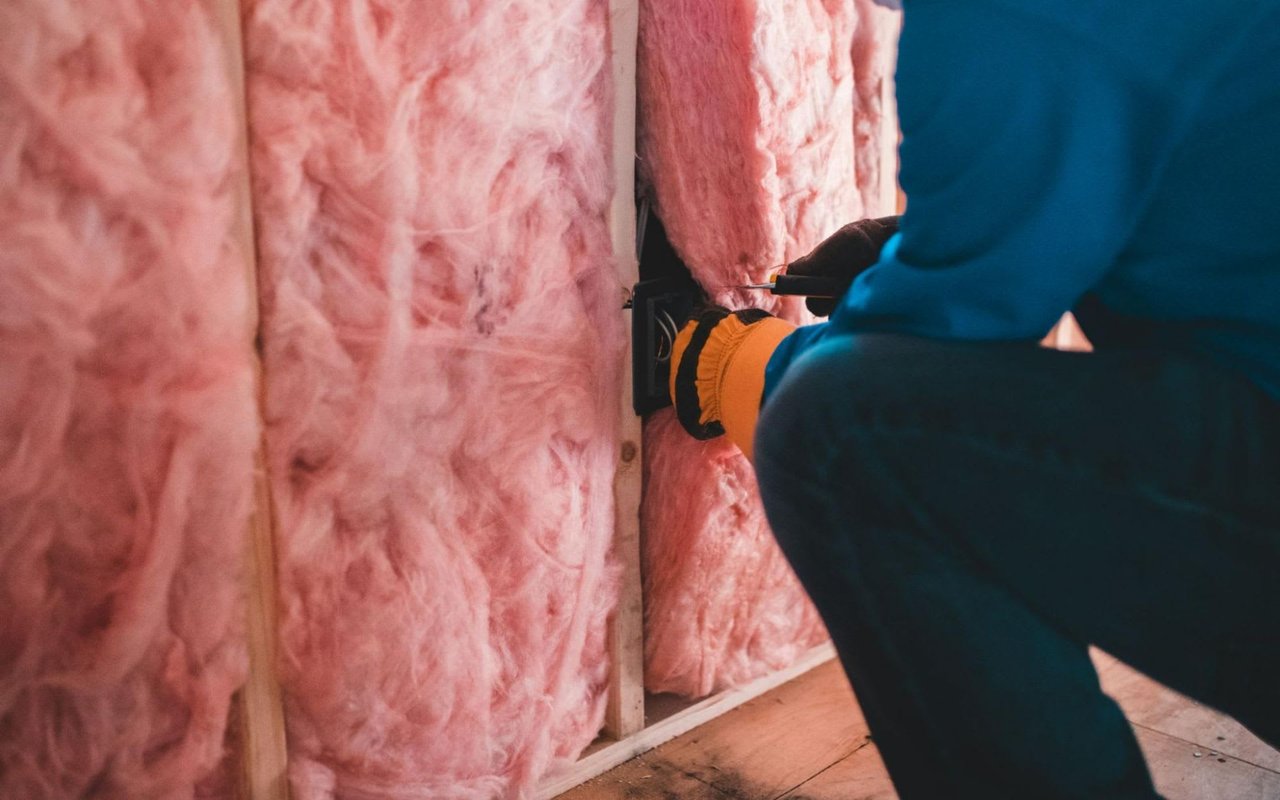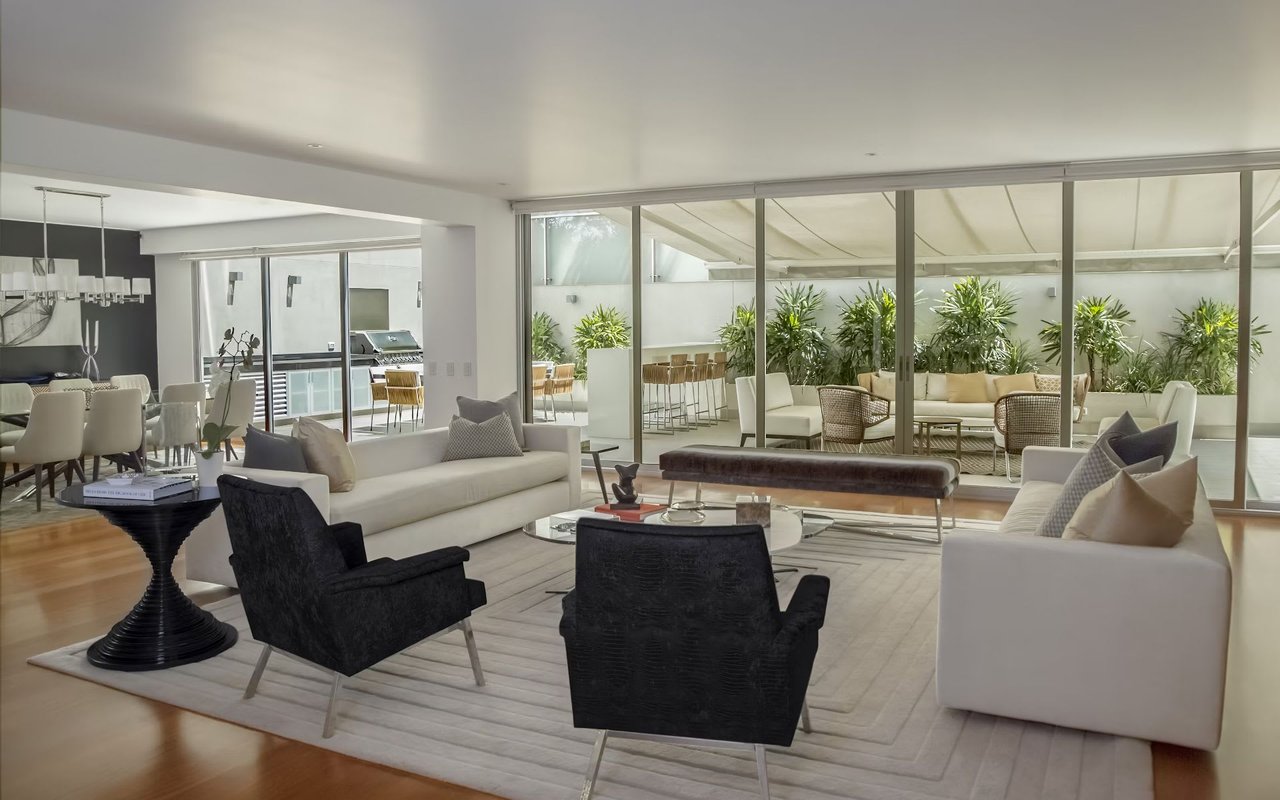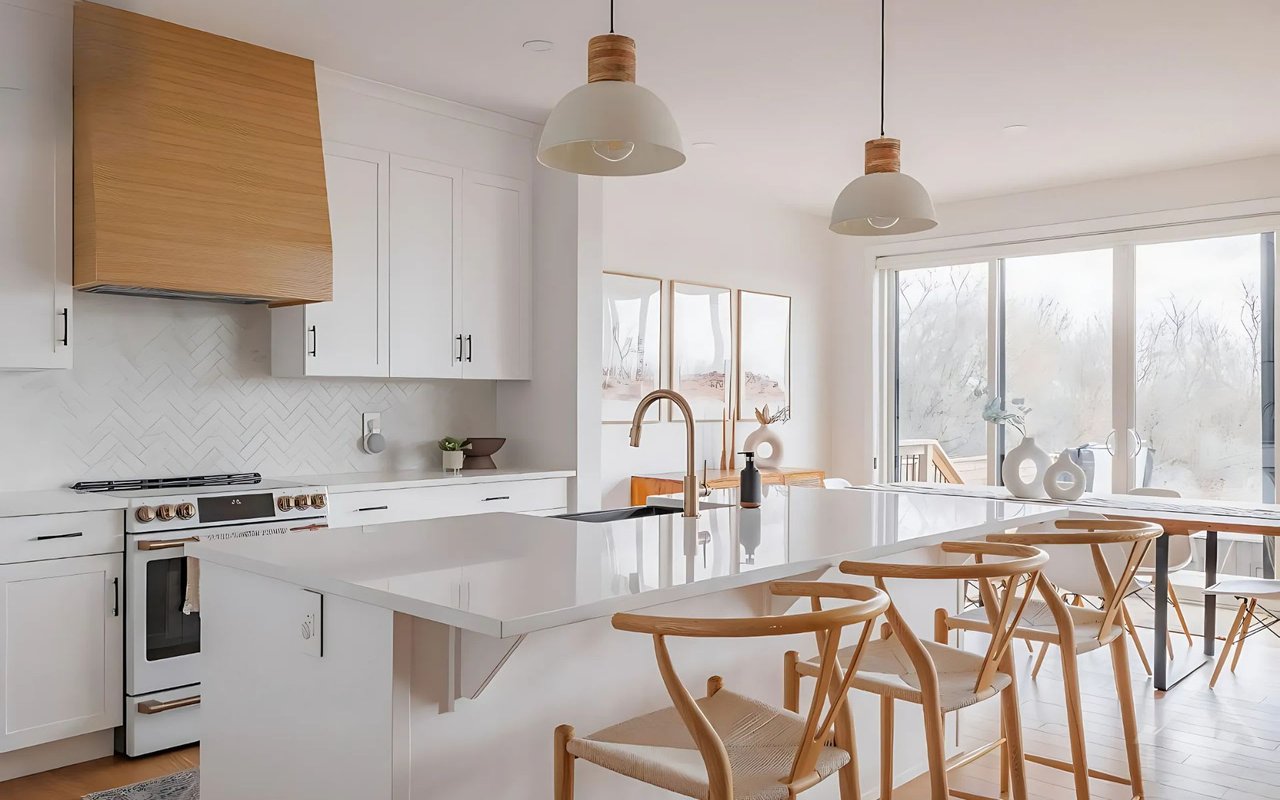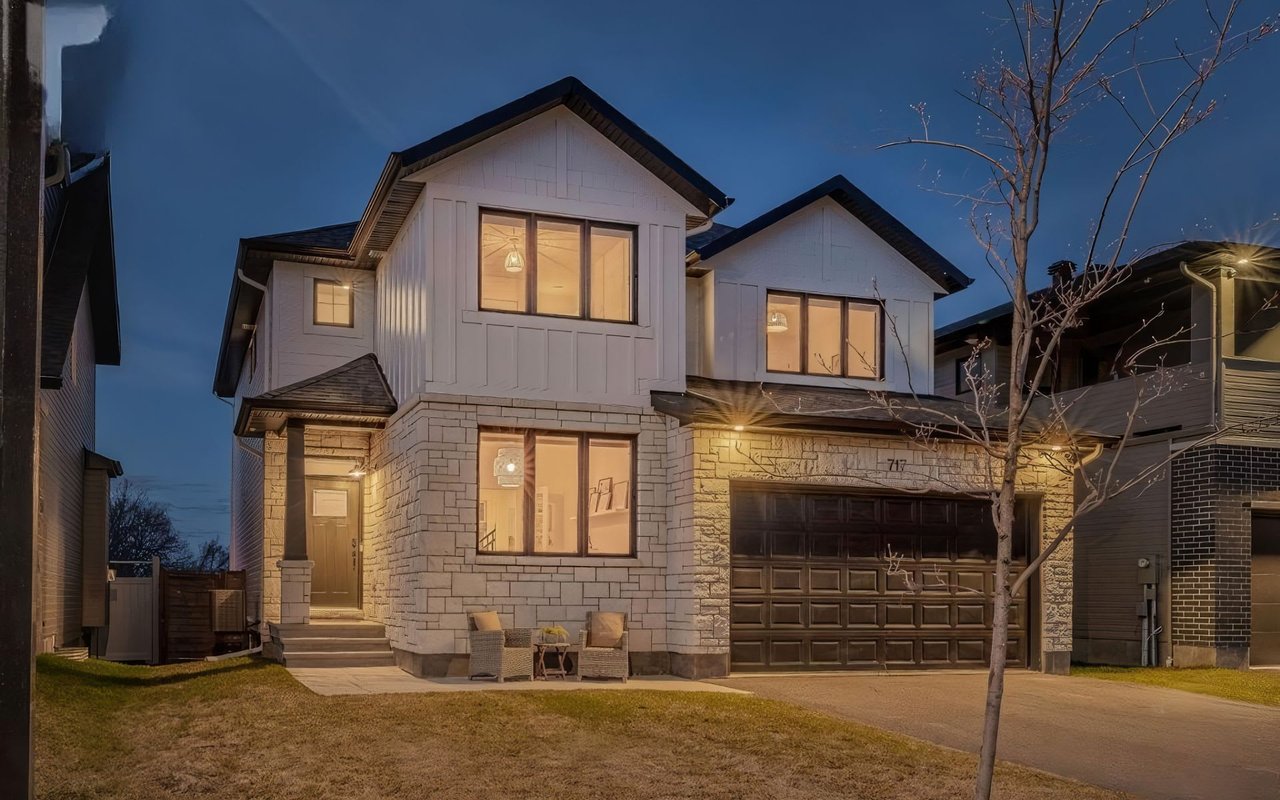For homeowners in Ottawa, maintaining a comfortable home throughout the year often means facing high energy costs. From keeping the heat on during chilly winters to cooling down in the humid summer months, the expenses can add up quickly.
But here’s the good news: improving your home's energy efficiency doesn’t have to break the bank. By focusing on a few strategic upgrades, you can cut down on energy consumption while maintaining or even enhancing your home's comfort.
Let’s dive into the top cost-effective methods to make any Ottawa home more energy-efficient.
1. Upgrade to LED Lighting
One of the simplest and most cost-effective ways to reduce energy consumption is by switching to LED lighting. Traditional incandescent bulbs use up more energy and generate heat, contributing to higher electricity bills. LED bulbs, on the other hand, consume up to 75% less energy and last significantly longer.
Why does this matter? Replacing bulbs throughout the home with LEDs can lead to noticeable savings. Plus, because they have a longer lifespan, you won’t need to replace them as frequently—making this an easy win.
Why does this matter? Replacing bulbs throughout the home with LEDs can lead to noticeable savings. Plus, because they have a longer lifespan, you won’t need to replace them as frequently—making this an easy win.
2. Improve Insulation in Key Areas
When it comes to keeping homes warm during Ottawa’s cold winters, proper insulation is key. Areas like attics, walls, and basements are prone to heat loss if not properly insulated, which forces heating systems to work overtime.
Upgrading insulation doesn’t necessarily mean redoing the entire house. Focus on areas where heat loss is most likely, like the attic and crawl spaces. A few rolls of insulation can make a significant difference, helping to keep warm air inside during winter and cool air during summer.
Not only will this make the home more comfortable, but it also reduces strain on the HVAC system, leading to lower heating and cooling costs.
Upgrading insulation doesn’t necessarily mean redoing the entire house. Focus on areas where heat loss is most likely, like the attic and crawl spaces. A few rolls of insulation can make a significant difference, helping to keep warm air inside during winter and cool air during summer.
Not only will this make the home more comfortable, but it also reduces strain on the HVAC system, leading to lower heating and cooling costs.
3. Install a Programmable Thermostat
Gone are the days when heating and cooling a home meant adjusting the thermostat manually. A programmable thermostat allows you to automatically adjust the temperature based on your schedule. For example, you can set the heat to lower during the day when no one is home and warm up just before you return in the evening.
4. Seal Windows and Doors
Drafty windows and doors can be a major source of energy loss, especially during Ottawa’s harsh winters. To keep that warm air in and the cold air out, sealing gaps and cracks is essential. Weatherstripping, caulking, and draft stoppers are all inexpensive materials that can be applied around windows and doors to minimize drafts.
You can test for drafts using a simple method: light a candle and hold it near the edges of windows and doors. If the flame flickers or moves, there might be a draft that needs attention
Taking the time to seal these areas can significantly improve a home’s insulation, making heating and cooling systems more efficient.
You can test for drafts using a simple method: light a candle and hold it near the edges of windows and doors. If the flame flickers or moves, there might be a draft that needs attention
Taking the time to seal these areas can significantly improve a home’s insulation, making heating and cooling systems more efficient.
5. Install Low-Flow Showerheads and Faucets
Reducing water consumption might not seem directly related to energy efficiency, but it actually plays a role in lowering energy bills. Water heaters consume a lot of energy, especially if they need to heat large amounts of water for showers, dishes, and laundry.
Installing low-flow showerheads and faucets is an inexpensive way to reduce water usage, which in turn reduces the demand on water heaters. You can expect to save on both water and energy bills with this small change, making it an easy addition to your energy-saving toolkit.
Installing low-flow showerheads and faucets is an inexpensive way to reduce water usage, which in turn reduces the demand on water heaters. You can expect to save on both water and energy bills with this small change, making it an easy addition to your energy-saving toolkit.
6. Use Energy-Efficient Appliances
When it comes time to replace older appliances, it’s worth considering energy-efficient models. While they might come with a higher upfront cost, energy-efficient refrigerators, dishwashers, and washing machines use significantly less power, translating to lower energy bills over time.
These appliances often have advanced features, like sensors that adjust water levels or temperatures, ensuring that they run as efficiently as possible.
These appliances often have advanced features, like sensors that adjust water levels or temperatures, ensuring that they run as efficiently as possible.
7. Add Window Coverings for Insulation
Beyond their decorative role, window coverings like thermal curtains or blinds can help regulate indoor temperatures. During the winter, thick, insulated curtains can keep heat from escaping through windows, while in the summer, closing blinds during peak sunlight hours can keep a home cooler.
This simple change can make a noticeable difference in how hard heating and cooling systems have to work, particularly in homes with older or single-pane windows. It’s a low-cost way to improve insulation and can be tailored to match any home’s interior style.
This simple change can make a noticeable difference in how hard heating and cooling systems have to work, particularly in homes with older or single-pane windows. It’s a low-cost way to improve insulation and can be tailored to match any home’s interior style.
Reach Out to Serge Papineau
Thinking about buying or selling a home in Ottawa and want to make sure your property stands out? Energy-efficient improvements can be a great way to increase your home's appeal to buyers or maximize your investment in a new property. Serge Papineau has the expertise to guide you through the process, helping you find a home that fits your needs or preparing your current home to sell at its best. Contact Serge Papineau today.



